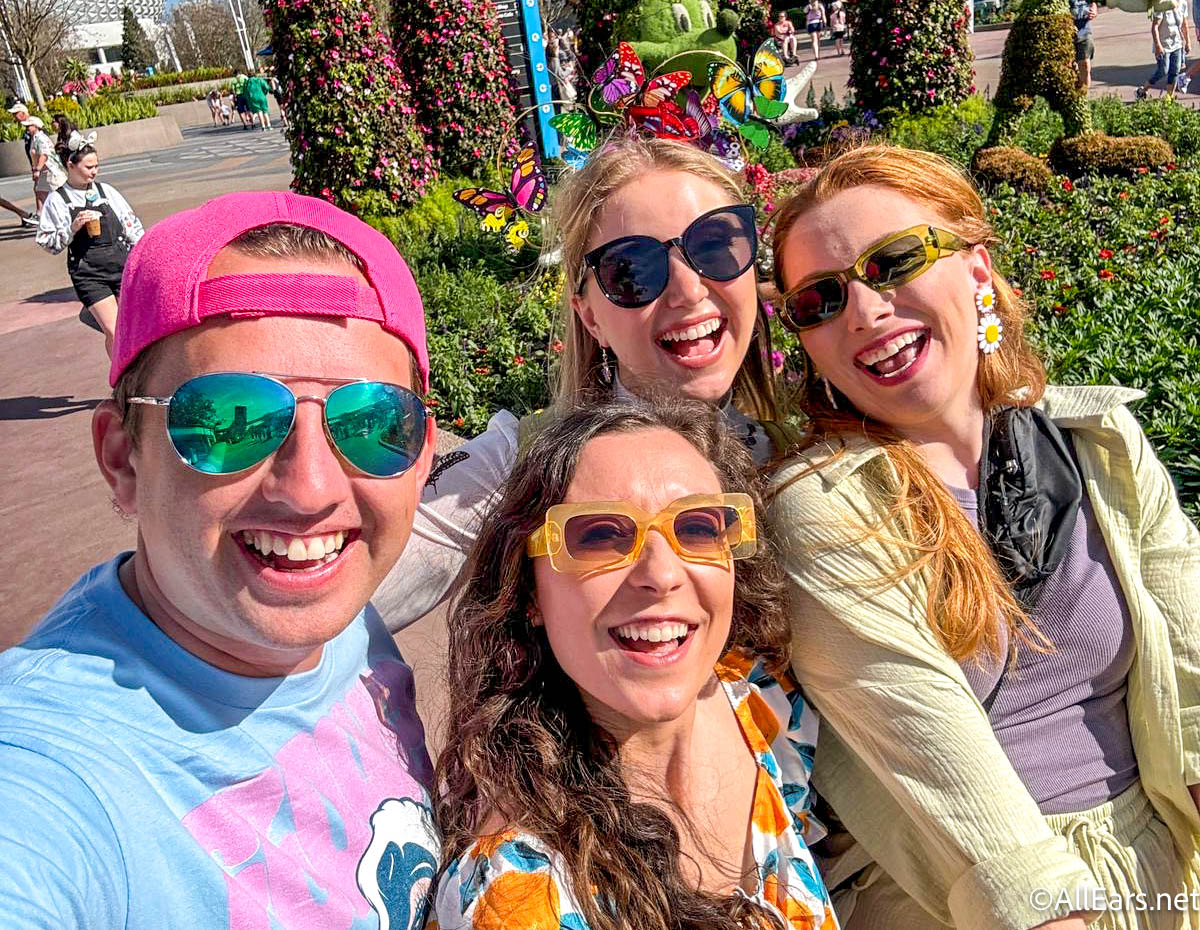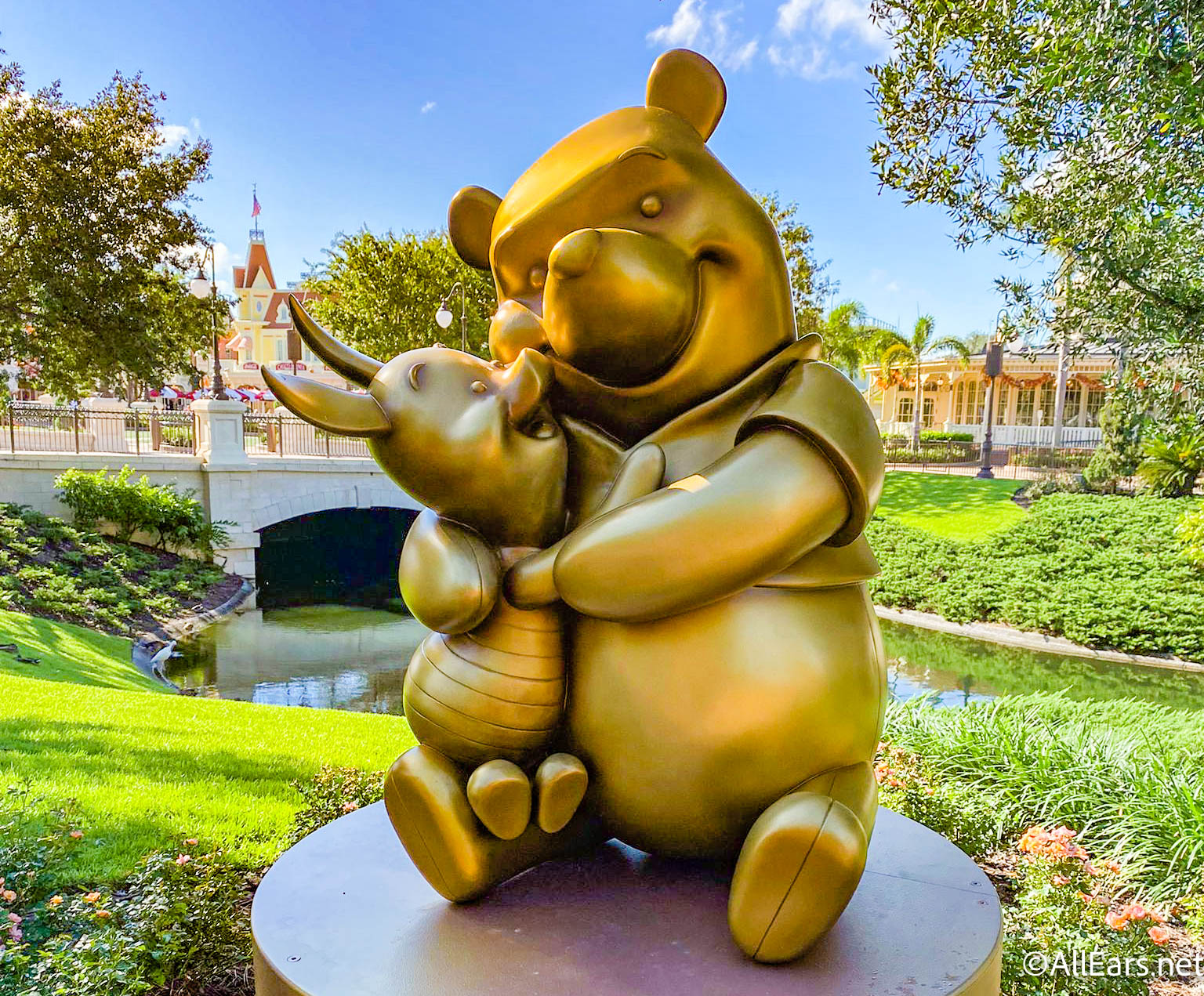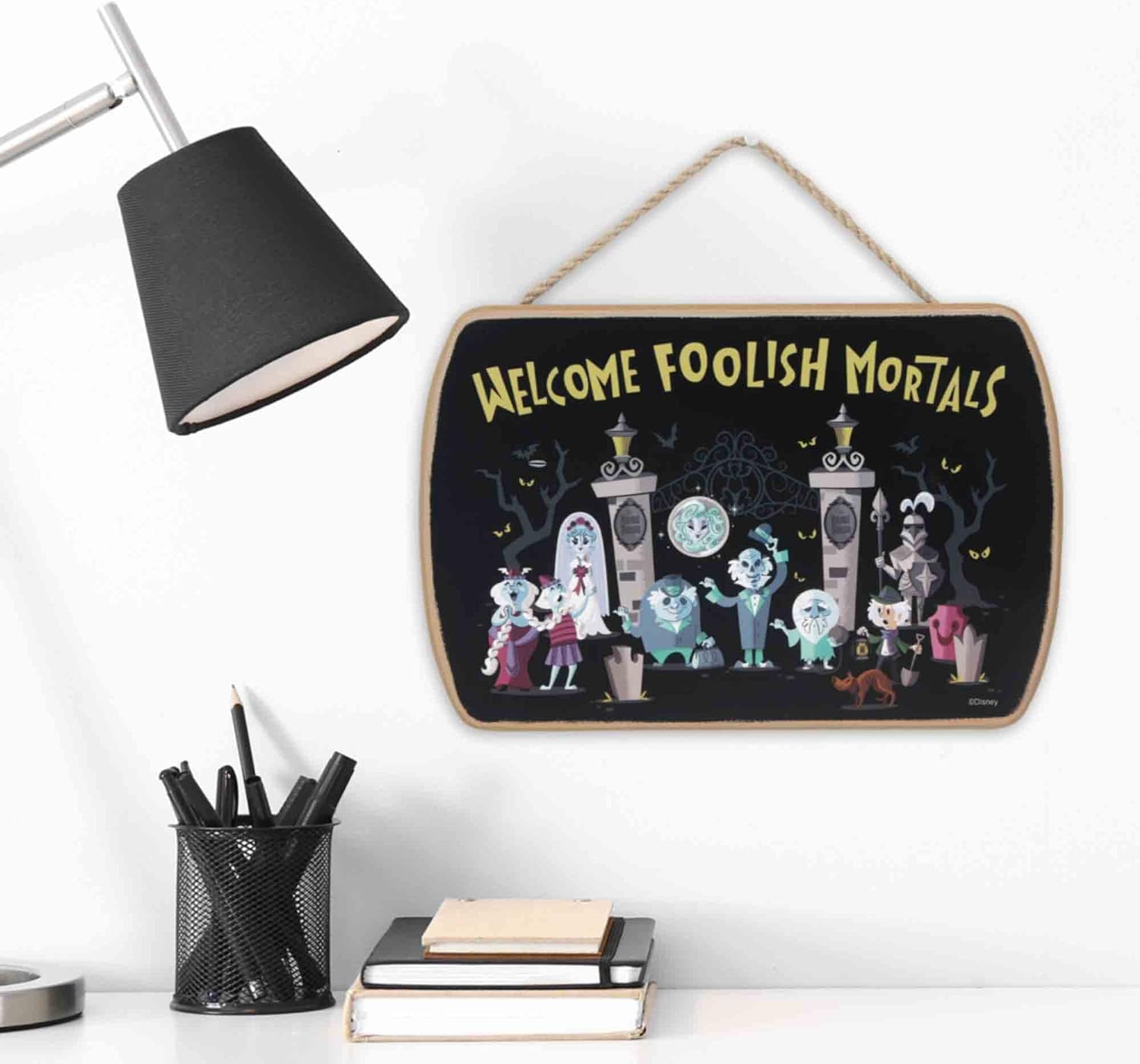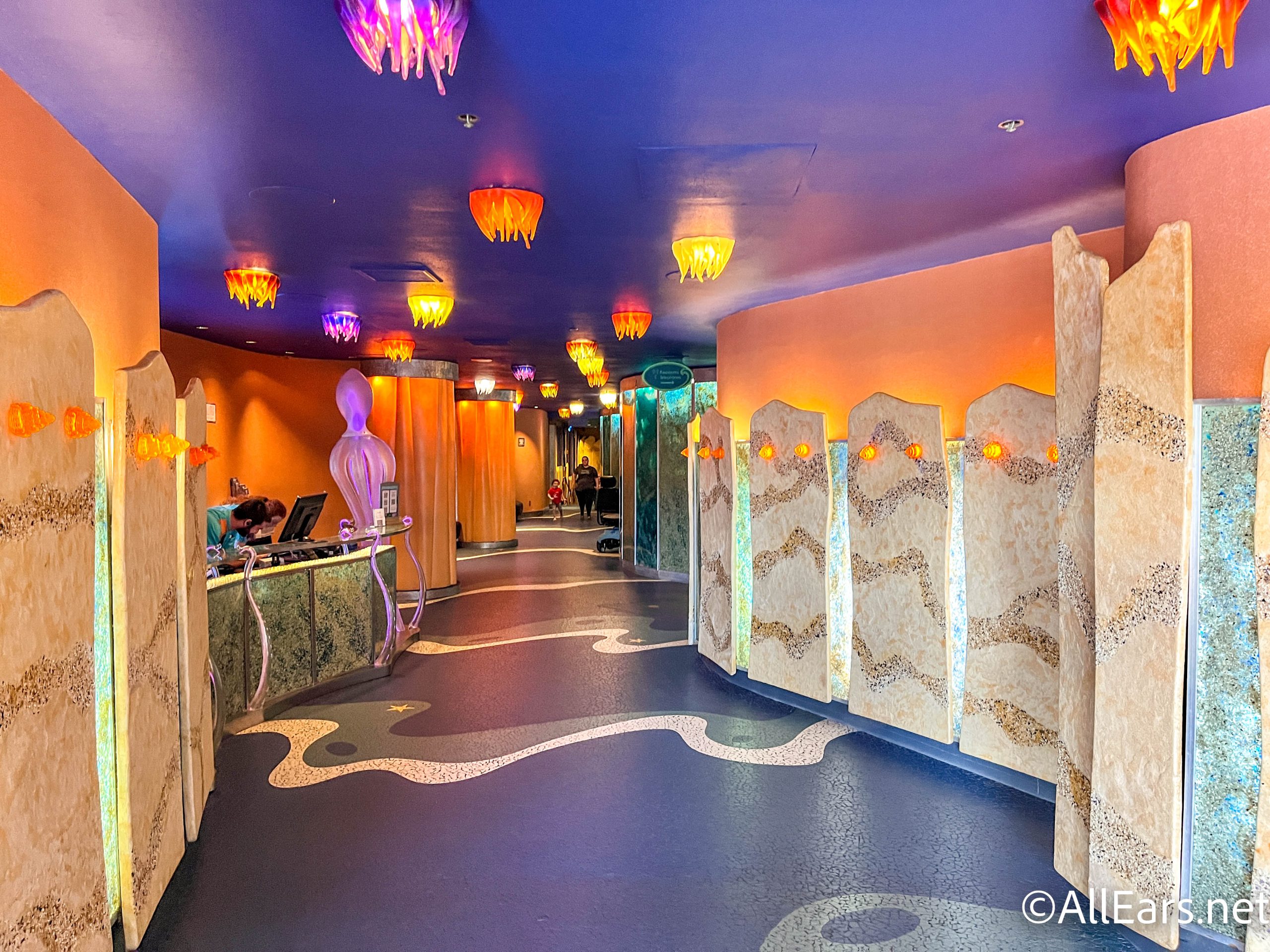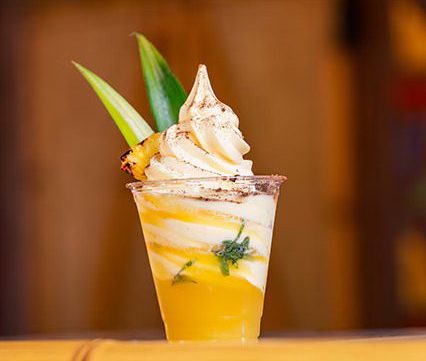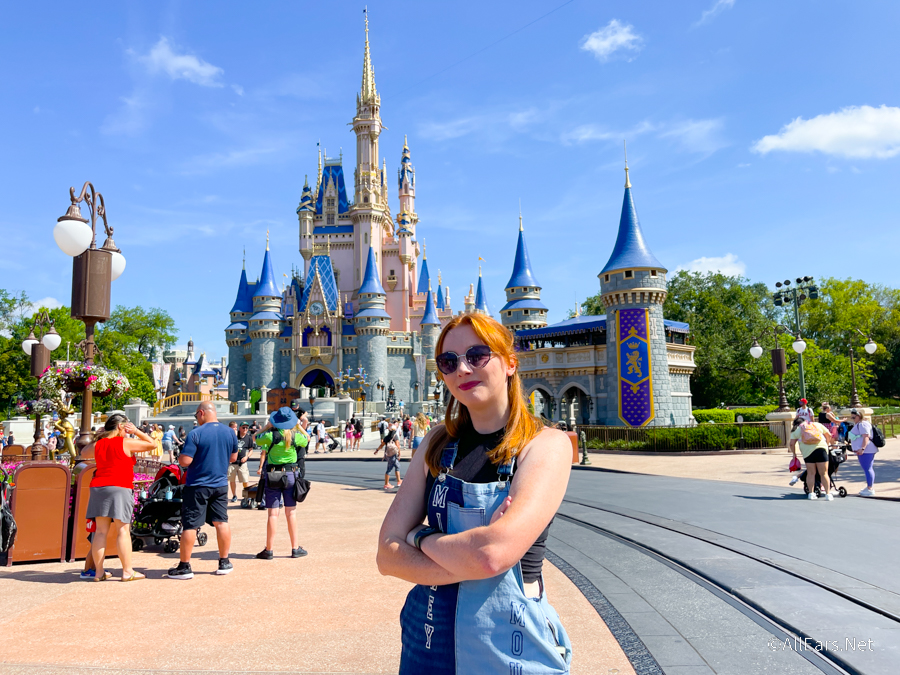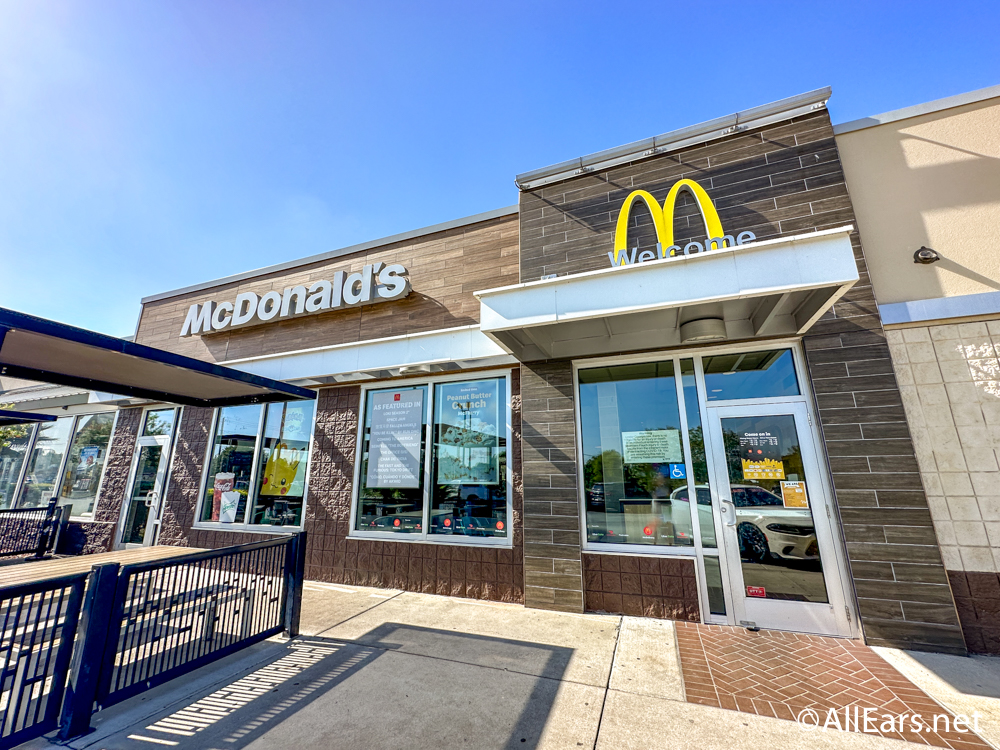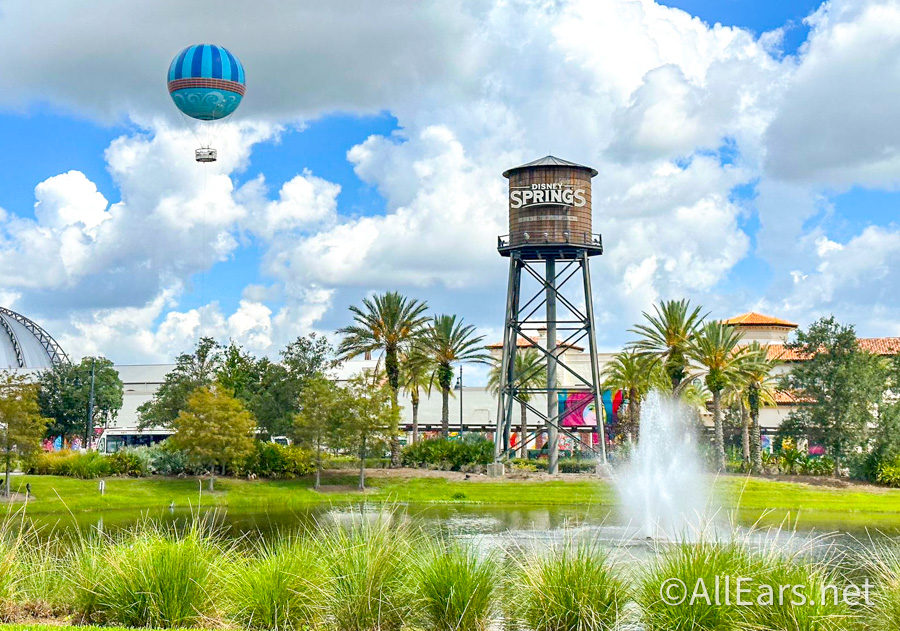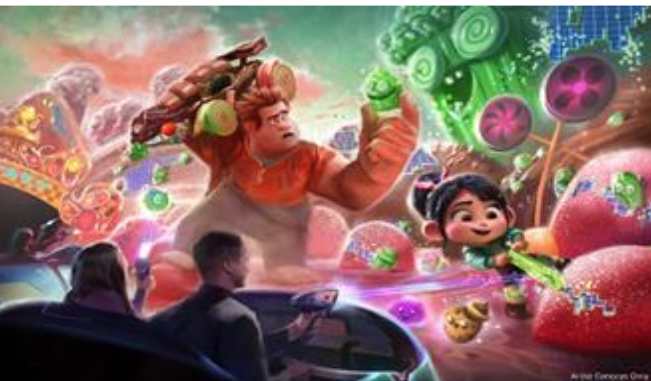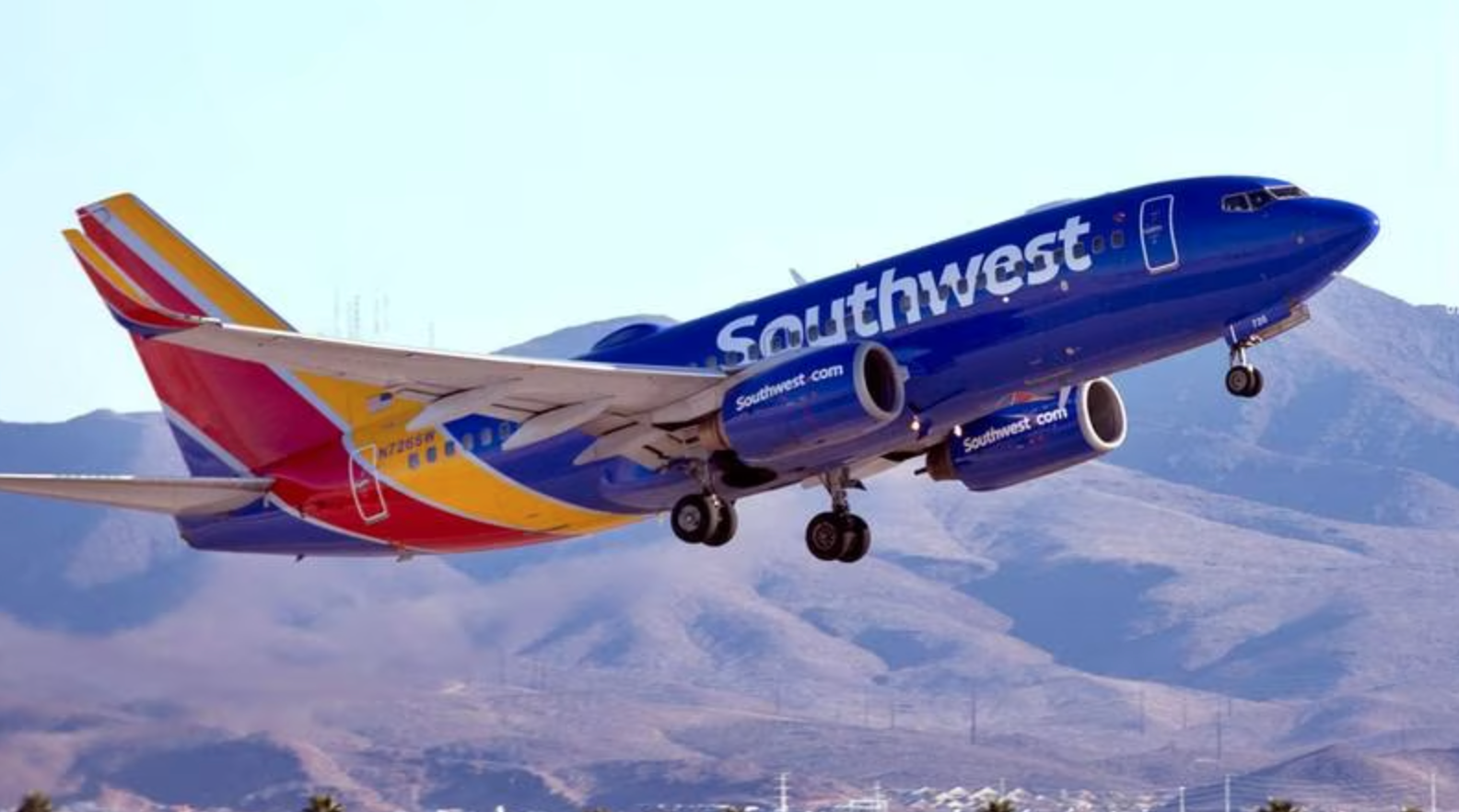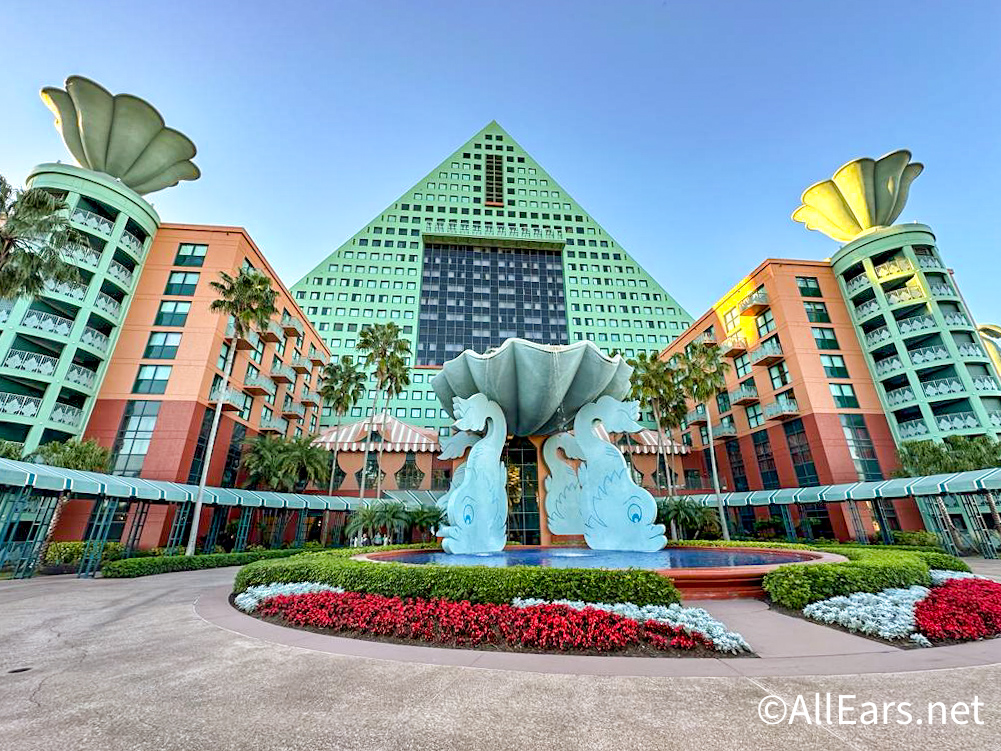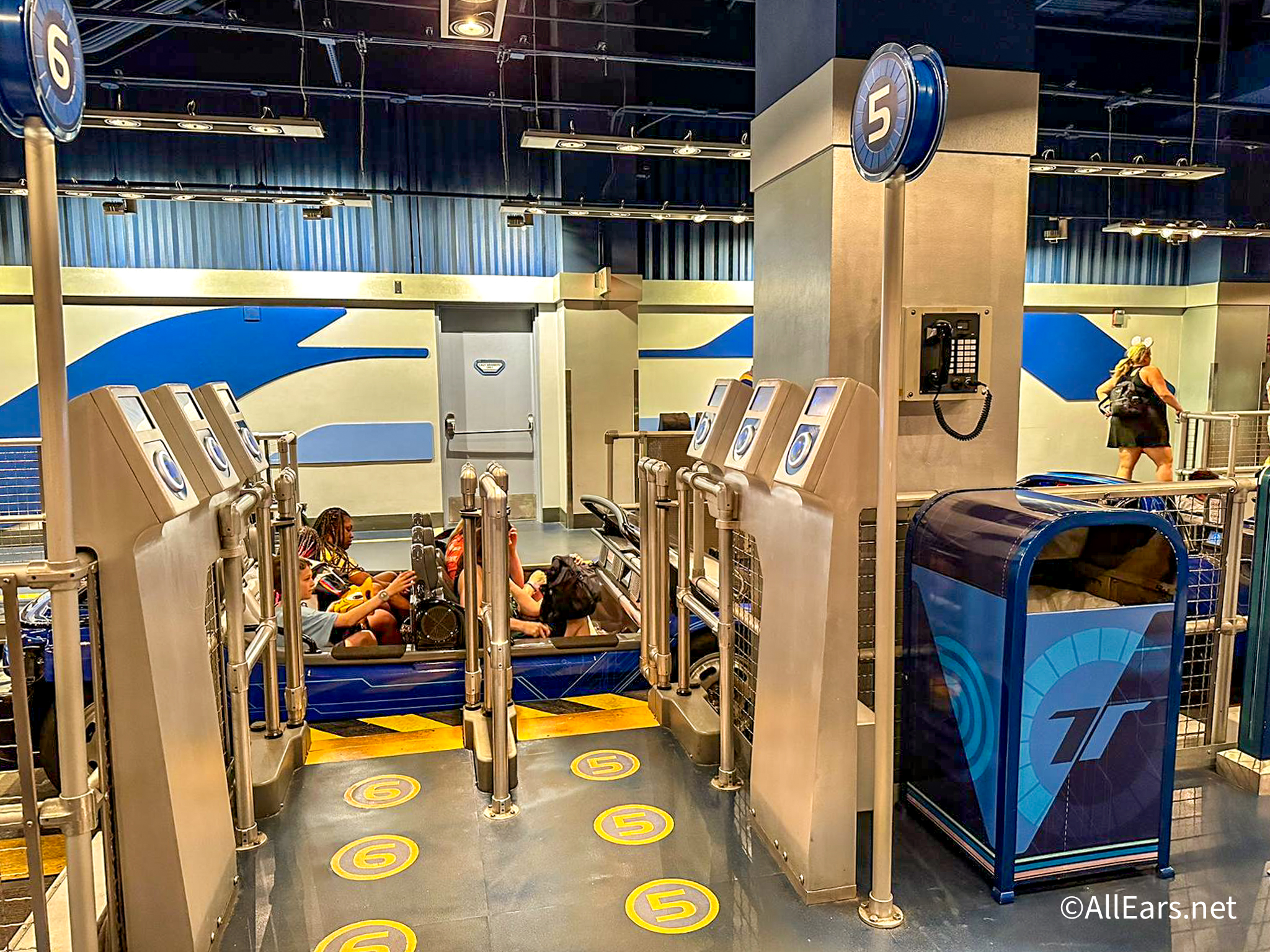The History of Walt Disney World Tickets Part 1
by Jack Marshall, ALL EARS® Guest Columnist
Feature Article
This article appeared in the June 14, 2005, Issue #299 of ALL EARS® (ISSN: 1533-0753)
AUTHOR'S NOTE: Allears.net has added a new section of pages pertaining to the history of ticket prices at the Walt Disney World Resort at http://allears.net/tix/tickethistory.htm. These pages contain the selling prices of tickets over the years, information as to what each ticket entitled you to, and scans and photos of many of the actual tickets themselves. In conjunction with these new pages, I thought a little general history lesson on Disney World tickets was in order. This is the first of two articles designed to give a brief overview of the history of Walt Disney World admission media.
If there is one thing that I have learned throughout my life, it's that the more you think you know, the less you really do. I have always had a fascination for Walt Disney World tickets ever since my first visit in 1984. I even picked up a lot of knowledge of them through reading and discussing tickets with other Disney fans. But in the six months of doing the research into this project, I found out just how much I still had to learn. Thirty-four-and-a-half years of often erratic, ever-changing history is a lot to cover.
I started doing this as a personal journey to expand my understanding of WDW tickets. I realized after much Googling, Yahooing, and MSN searching that nothing like this information existed anywhere on the web. There were sites with similar information for Disneyland but nothing for Walt Disney World. Oh sure, there were a few fan sites with a ticket here and a few old prices there, but there was nothing as meaty as what Disneyland had. So I approached Deb Wills with the idea, she gave me the green light, and the fruits of my labors are now online.
———————
The 1970s & '80s
———————
When Walt Disney World opened in October of 1971, there was only a single theme park, the Magic Kingdom, and it actually took two tickets for guests to get in. One ticket allowed use of the transportation system and the other allowed actual entrance to the Magic Kingdom (http://allears.net/tix/admissionticket.jpg). Resort guests from the Polynesian and Contemporary could purchase their tickets at Guest Services in their resort and then take the monorail to the Magic Kingdom stop. Fort Wilderness guests could buy tickets at Guest Services. Offsite guests had to enter via the Transportation and Ticket Center (TTC) where, during the first few years, they had to pay cash or use traveler's checks to buy their tickets, as no charge cards were then accepted at the TTC. There was no Magic Kingdom bus depot back then. That was why the TTC originally got its name — it was the place to purchase tickets for offsite guests, as well as the transportation hub that got them from there to the Magic Kingdom.
The least expensive way to get in was to buy a general admission ticket ($3.75 in 1971) that had a coupon that entitled you to use the trams, monorail or ferryboats (or Steamboats as Disney called them the first year the Magic Kingdom opened) from the Transportation and Ticket Center to get to the Magic Kingdom. General admission also had a coupon for your actual admission into the park. Once there, you were free to wander the park and take in any show or attraction that required no admission ticket, such as the Diamond Horseshoe Revue. Of course, you were quite free to purchase any ride tickets you subsequently decided you needed inside the park. Or you could buy one of several sizes of ticket books that would save you a few dollars over the individual prices of everything.
Most tickets were sold in what Disney called Adventure Ticket Books. They contained the transportation ticket, an admission ticket and a varying amount of individual ride tickets. Most rides at that time required a separate individual ride ticket that was identified on a letter scale from "A" to "E" (http://allears.net/tix/abcde.jpg). The tamest rides in the park, such as the Main Street Vehicles or Cinderella's Golden Carrousel, required an "A" ticket. The best rides (cutting edge at the time) like Jungle Cruise or 20,000 Leagues Under the Sea required an "E" ticket. Some ticket books were sold that allowed two days of Magic Kingdom admissions. In 1971 and '72, ticket books consisted of 7 or 11 rides. From 1973 through 1981, the standard ticket books for the public were 8 and 12 tickets.
Pop Quiz Trivia Question: There were eight attractions at Walt Disney World in the 1970s that needed the now-infamous "E" ticket. Can you name them? I just told you two of them. Hint: Audio-animatronics were quite revolutionary in 1971 and were a big hit with park-goers. Answer at the end of this article.
Although you got varying amounts of each ticket in the different-sized coupon books, there were never enough of the "D" and "E" tickets. So Disney set up several Central Ticket Booths throughout each land (two in Fantasyland) where you could buy the additional ride tickets you needed. Those tickets ranged in price from 10 cents to 90 cents each and — hopefully you are sitting down reading this — were never increased during the entire decade-plus that they were sold. Hard to imagine Disney not raising a price, right? Ticket book prices went up as the amount for park admission was raised, but not as a result of individual ride tickets going up. Most tickets then were priced by ages in three categories: child (3-11 years old), junior (12-17 years old) and adult (17 and up), the exceptions being guided tours and minor parks that eliminated the junior category.
This ticket book system was tried and true. It was the same one that had been in use at Disneyland for many years. In fact, the individual ride tickets were interchangeable between the two parks. You could use a Disneyland "E" ticket on a Disney World "E" ticket attraction and vice versa.
One thing did remain consistent during that first decade. Disney began their long-standing habit of raising ticket prices every year beginning in 1973. They have only missed one calendar year when they did not raise most if not all of their ticket prices. That was in 1976, perhaps in deference to the America on Parade celebration.
1979 saw Disney introducing a two-tier pricing system for many of their tickets. Resort guests now paid slightly less for their park tickets than the general public (or "day guests" as Disney called them) did.
At the end of the 1970s, Disney was experimenting with two-day "passports" — tickets that included two days' admission to the Magic Kingdom and unlimited use of all attractions except the Frontierland Shootin' Gallery. No more "A" to "E" tickets were required for these passports. Originally, they were only sold to Magic Kingdom Club members, but soon they were made available for the general public. The first passports in 1980 and 1981 had a large string attached to a punched hole in the ticket so that you could wear the ticket around your wrist or on a shirt button. (http://allears.net/tix/81-1dayjrmkc.jpg)
By the time Epcot Center opened in 1982, the ticket books and the "A" to "E" tickets were consigned to history. One-day park tickets replaced general admission. One-, two- and, for the first time, three- and four-day Worldpassports replaced the discontinued ticket books. Park-hopping became a part of the overall Disney experience that continues to this day. A one-day ticket good for either Magic Kingdom or Epcot was now up to $15 for an adult. No longer were park admission tickets collected at the gate and retained by Disney. Tickets were now hand-stamped to indicate the date each admission was used and the ticket was returned to you. Disney began allowing guests with leftover old tickets to redeem them for credit toward the purchase of a new ticket.
The '80s also saw the introduction of the first Annual Passports when Epcot opened in 1982. In 1984, Disney dropped the Junior ticket category and changed the ages for a child ticket from 3 to 11 years to 3 to 12 years. Guests 13 and over had to buy adult tickets. That lasted until 1987 when Disney lowered the ages of a child's ticket to the now familiar 3 to 9 years. In 1986, Disney introduced their first 5-day ticket – a 5-day Worldpassport that sold for $81 adult.
By the end of the 1980s, Disney had opened their third theme park, Disney-MGM Studios. A one-day ticket was now up to $29 adult.
————-
Quiz Answer
————-
Answer to Pop Quiz Trivia Question regarding the eight "E" ticket rides at WDW in the 1970s:
Pirates of the Caribbean
Jungle Cruise
Country Bear Jamboree
Haunted Mansion
Hall of Presidents
It's a Small World
20,000 Leagues Under the Sea
Space Mountain
-=-=-=-=-=-=-=-=-=-=-=-=-=-=-=-=-
I will cover the period from the 1990s to the present in Part II, coming soon.
If you have any pricing or other information to add to our ticket history or have scans or good quality digital photos of tickets that we are missing, we would appreciate hearing from you. Just go to http://allears.net/forms/feedback.htm and select "Submit WDW Ticket History Info." If you wish to submit scans/photos, let us know what you have and we will email you with the address to send them to.
-=-=-=-=-=-=-=-=-=-=-=-=-=-=-=-=-
Jack Marshall, who likes to be referred to as the "Keeper of the ALL EARS® Archives and Tips Database," is a strong behind-the-scenes presence at Allears.net.
-o-o-o-o-o-o-o-o-o-o-o-
Editor's Note: This story/information was accurate when it was published. Please be sure to confirm all current rates, information and other details before planning your trip.

